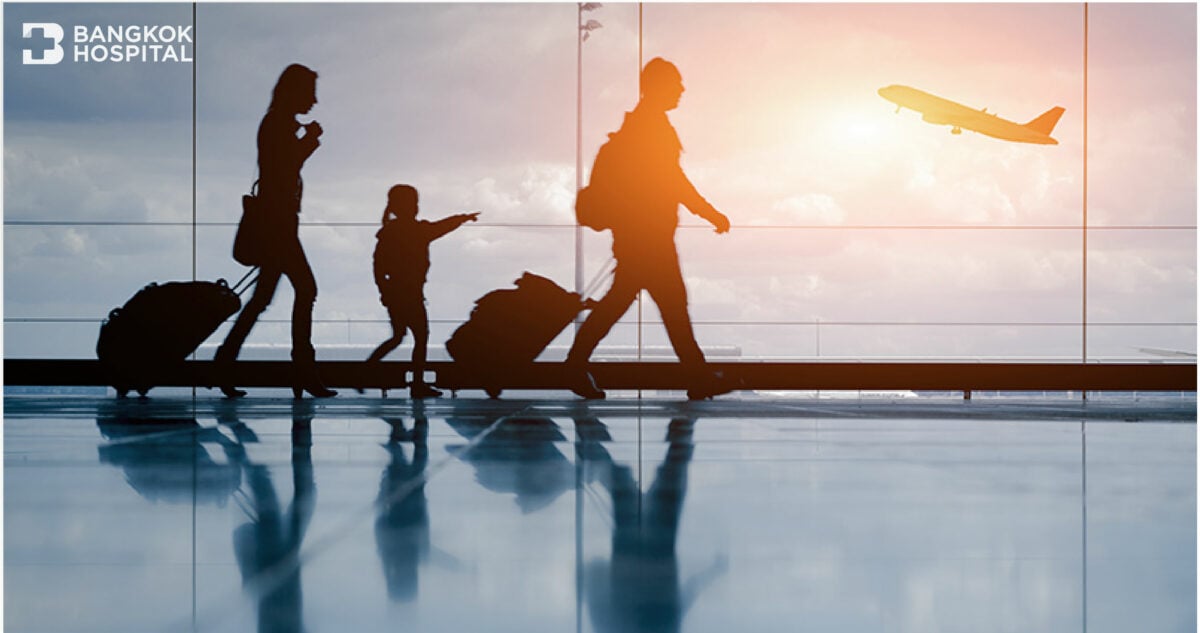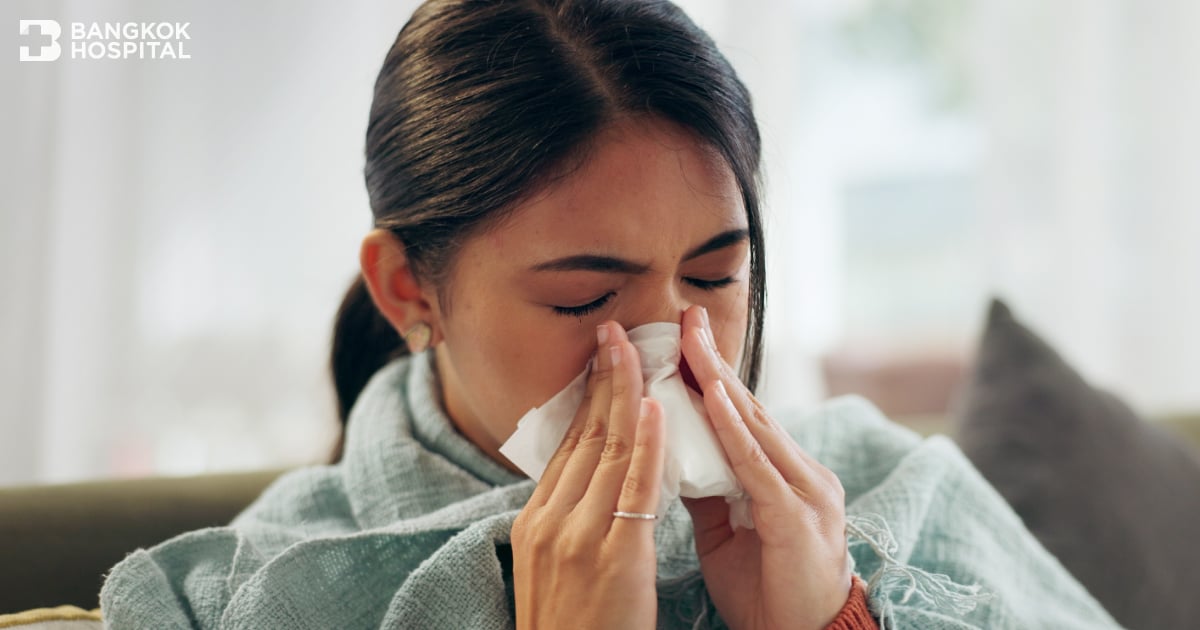The death of an Australian woman on board of an airplane, as a result of a condition categorized as “Economy Class Syndrome” caused many airlines to begin to be proactive in educating passengers. Thus manuals and guidance were developed to ensure traveler safety, and help prevent diseases or acute episodes that may occur as a result of prolonged flights of more than 3 hours. The non-profit airhealth.org reports that 3-5% of passengers may become ill during, or after the flights as a result of a condition referred to as deep venous thrombosis (DVT). This condition does not only apply to economy class passengers, as it can happen to first class, business class, and even pilots, although to a lesser extent.
There are also a number of professions that increase the risk of deep venous thrombosis. Affected workers include taxi drivers, employees of scheduled transportation services, truck drivers between provinces, office employees who work at a desk throughout the day.
Symptoms
Symptoms of this condition include swelling and redness in the calf or ankle. After a period of time on the airplane, the individual may find it hard to put their shoes back on due to swelling as a result of immobility.
Deep vein thrombosis occurs as a result of blood clots that may travel along the blood stream and into other vital organs such as the heart or lung which could potentially pose a morbid risk. Other factors that may lead to deep vein thrombosis are sitting in cramped spaces for prolonged periods without changing position, sitting cross-legged, alcohol consumption, dehydration, and varicose vein.
Prevention
Prevention of DVT includes:
-
Taking half an aspirin each day for 2 days prior to traveling as this medication contains properties that can prevent blood clots
-
Choosing a seat at the aisle or in an area that allows you to stretch your arms and legs
-
Not sitting with your legs crossed, instead change positions and get up to walk frequently
-
Doing leg exercises can be beneficial; extend your feet to the side, elevate them as much as possible, extend your toes and hold for 3 seconds. Repeat as comfortable, this will help blood circulation
-
Wearing loose fitting comfortable clothes, avoid tight clothes that may constrict circulation
-
Avoid alcohol and foods that are extremely salty, try to stay as hydrated as possible before and during the flight





